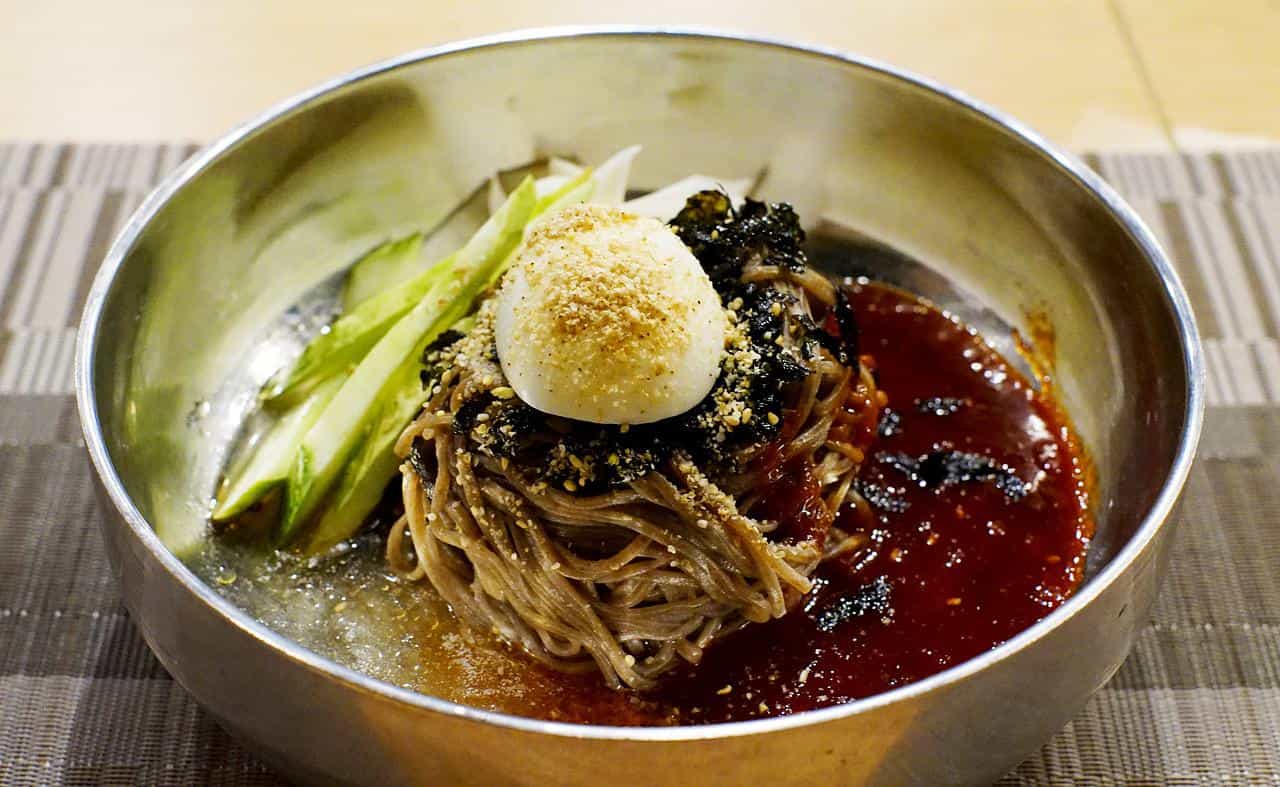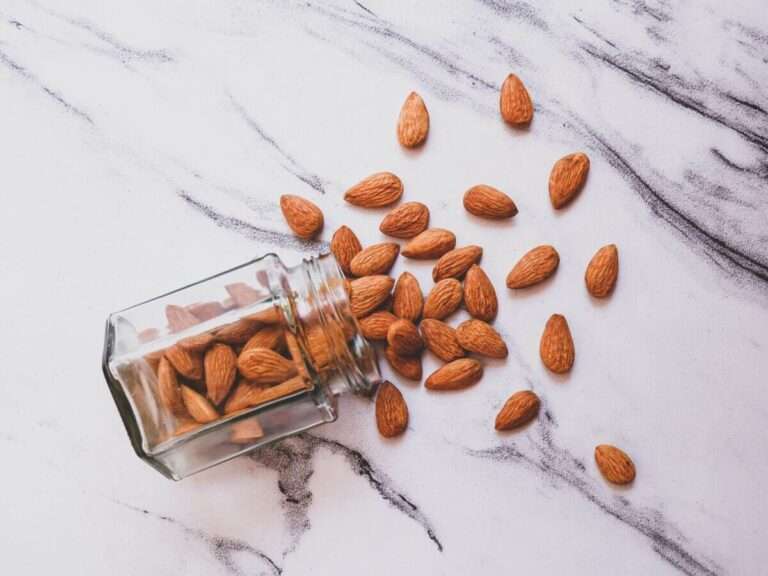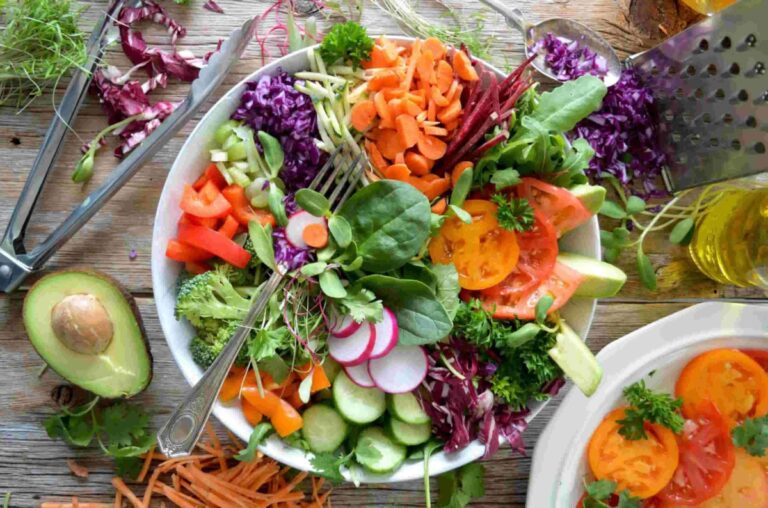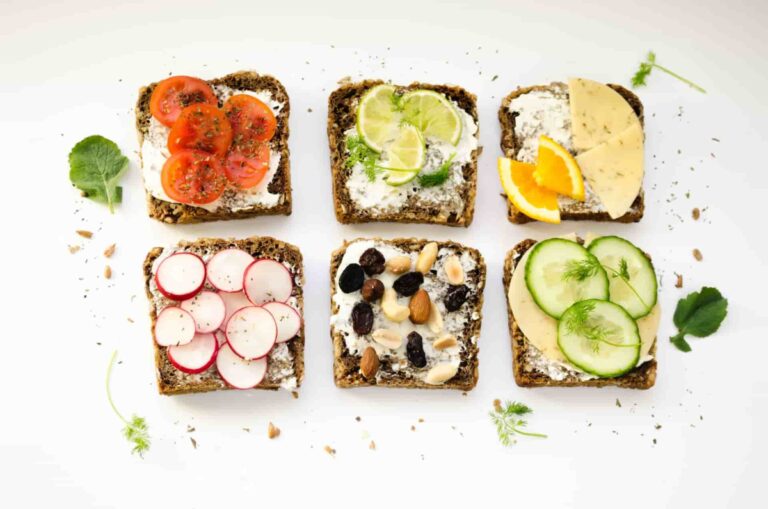42 buckwheat tips and secrets from the kitchen
Did you know that buckwheat, despite its name, is not technically considered a grain?
- Buckwheat is not considered to be a grain. In point of fact, it has nothing to do with wheat at all, despite the fact that most people use it as if it were. Buckwheat is a pseudo cereal that is related to rhubarb and sorrel. Buckwheat is also known as buckwheat groats. These seeds are frequently referred to as groats or kasha.
- Buckwheat, or Fagopyrum esculentum, is a plant that is grown for the grain-like seeds it produces as well as for use as a cover crop. It is also frequently referred to as common buckwheat. The word “buckwheat” is also used to refer to a great number of different species, one of which being the cultivated food plant Fagopyrum tataricum, which is grown in Asia.
- Buckwheat is an excellent meal alternative for individuals who are gluten intolerant because it is not technically a grain. You can make cereal, pudding, or a side dish that is comparable to bulgur by boiling the seeds after they have been hulled and roasted.
- The buckwheat groats take on a nutty flavour once they have been cooked, making them an excellent complement to lamb as well as vegetables with bold flavours such as broccoli or cabbage.
- The most common way for people in North America to consume buckwheat is in the form of pancakes, which are produced from the flour of the plant’s seeds, or in the form of soba noodles, which are used in Japanese cuisine. However, there is much more to this dietary option, as well as a variety of other ways to obtain the health benefits that it offers.
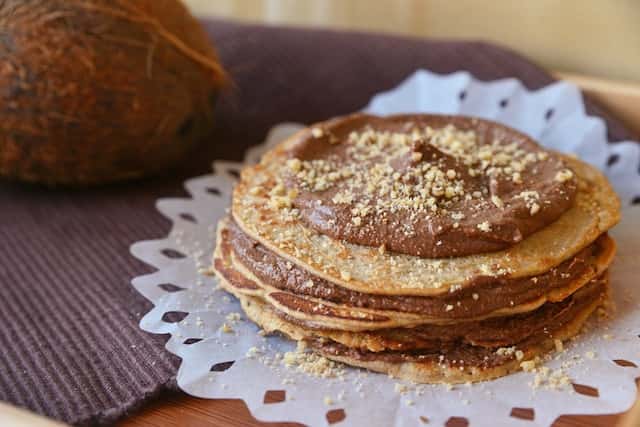
Buckwheat nutrition values and health benefits
- Buckwheat is an excellent source of the B vitamins and minerals, in particular niacin, which is used in the nervous system, skin, and digestive system, and vitamin B2.
- Buckwheat also contains magnesium, which is crucial for maintaining healthy muscles; phosphorus, which is necessary for the formation of teeth and bones; zinc, which is essential for the immune system; copper, which assists with the creation of energy and the absorption of iron; and manganese. Buckwheat is a true powerhouse when it comes to enhancing one’s health because it has so many beneficial nutrients to give.
- Buckwheat has been shown to have a number of positive health effects, particularly on the digestive system. Buckwheat is a versatile grain that may be included in your diet as an addition regardless of whether you have dietary restrictions or digestive concerns.
- Buckwheat in its purest form does not contain gluten. Buckwheat is a common ingredient in the production of foods that are marketed as being free of gluten, notably cereals. If you have to adhere to a gluten-free diet, you should never make the assumption that a food product is gluten-free simply because it contains buckwheat. Instead, you should carefully read the label to ensure that the product is certified as gluten-free.
- A population that consumes buckwheat has been shown to have blood sugar levels that are almost 17 percent lower when they are fasting, according to a study that compared the region of Mongolia where buckwheat is consumed to the region where it is not consumed.
- Buckwheat has a low glycaemic index, and the presence of beneficial polyphenols in its composition is another reason why diabetics should think about putting it on their shopping list, especially in place of sugary cereals and refined grains.
- It has been established that buckwheat possesses a variety of advantages for the cardiovascular system.
- Buckwheat is predominantly composed of insoluble fibre. This particular kind of fibre does not dissolve in water, which means that it maintains a significant portion of its original structure as it travels through your digestive track. Insoluble fibre contributes to the bulking up of the stool, which not only helps to prevent constipation but also reduces the risk of diverticulitis, a painful illness that can occur in the large intestine.
- It is recommended by professionals in the medical field that adults consume between 20 and 35 grams of fibre on a daily basis. You will be off to a good start for the day if you have a breakfast that includes three-quarters of a cup and a half of buckwheat groats prepared as a hot cereal.
- Buckwheat allergies are quite unusual, despite the fact that they are not impossible to develop. Allergic reactions to buckwheat can cause a variety of symptoms, including hives, swelling of the tongue and lips, and trouble breathing. Seek immediate medical attention if you find that consuming buckwheat for the first time causes you to experience any of the aforementioned side effects.
100g of raw buckwheat has 343 calories(1435kj), 14g protein, 3.4g fat, and 72g carbs including 10g fibre
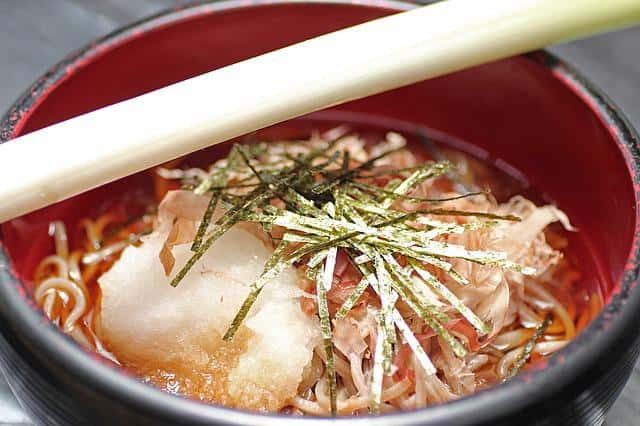
How to store buckwheat and how to buy them
- Buckwheat has a flavour that is deep, earthy, and nutty, and it goes well with a wide variety of foods. Groats is the term used to describe the unroasted form of the grain, which is often light green in colour and has sprouted when it is first harvested. The buckwheat that has been roasted appears to have a light tan colour, as may be seen in the accompanying photo. In common parlance, roasted buckwheat is referred to as “kasha.” It has a grain-like consistency, and its suppleness makes it an excellent addition to porridge.
- Buckwheat is typically located in the part of the grocery store that is dedicated to rice and other grains. Buckwheat-based products have a good chance of being sold in grocery shops and other retail establishments that provide gluten-free sections of their stores or perhaps an entire gluten-free aisle.
- Check out the section devoted to breakfast, as this should be the very last place you look. Buckwheat can occasionally be found in the same aisles of grocery stores as hot cereals and ingredients for pancakes. You also have the choice of looking in the supermarket’s baking section for what you need.
- Buckwheat is extremely susceptible to spoilage, particularly once it has been processed. When looking to buy buckwheat-based products, it is best to do so from businesses that have a high stock turnover rate. This will ensure that you get the freshest product possible. Either put them in the freezer immediately or put them to use as soon as you get them in the house.
- Buckwheat must be preserved in the same manner as any other type of grain: it must be sealed in an airtight container and placed in a cold, dry, dark location away from direct sunlight. Make use of the item for no more than a year after purchasing it. It is recommended to store it in a location that is shielded from heat, moisture, light, and air in order to lengthen its shelf life.
- Buckwheat must be kept out of the light when it is being stored. The grain may sprout if it is exposed to light. Another issue is the presence of moisture, which fosters the growth of bacteria. The grain supplies the bacteria or fungus with the exact nutrients they need to thrive and multiply. Even before you may see visible mould, a change in the fragrance is a good indicator that there is mould present.
- Air is also a factor in the deterioration process. To be more specific, oxygen; the grain should be stored in a container that does not allow air to escape. Condensation poses a significant threat to the buckwheat’s shelf life when it is stored in the freezer. In regions with a cooler climate, it is possible to keep it in the pantry as long as there is no light and the air is preferably cool and dry.
- At room temperature, buckwheat flour will maintain its freshness for one month, while buckwheat groats will maintain their freshness for two months. If you freeze the food, you can expect the shelf life to increase by a factor of two.
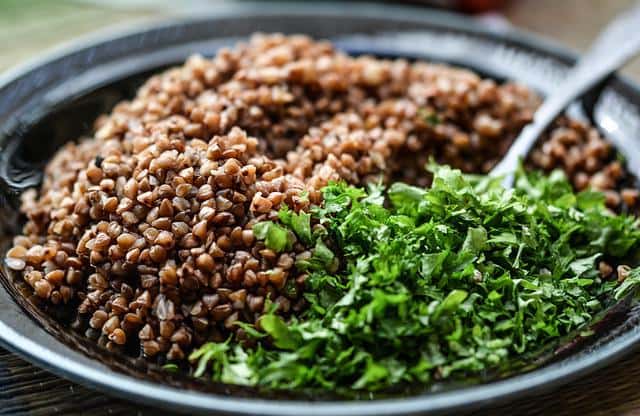
Cooking techniques, secrets, and tips from the kitchen
- After being washed, buckwheat should be cooked in water at a ratio of 1:2. After bringing the water to a boil, add the buckwheat groats and some salt, let it come back to a boil, cover the pot, and decrease the heat to a simmer. Cook for about 15 minutes, or until the buckwheat groats are soft.
- When making pancake batter, blini batter, or crepe batter, using buckwheat flour rather than regular flour will help to cut down on the quantity of gluten that is contained in the dish. Do you have a craving for something salty to eat right now? Before the dough is baked, it can be flavoured with fresh herbs like rosemary or ground pepper, which can then be used to make blinis that can be served at a party or as a snack.
- Buckwheat has a more robust flavour than other common grains like wheat, oats, and rice, so it may taste a little bitter when compared to these other grains. Roasting amplifies the naturally toasted and nutty flavour, which is present to begin with. For an energetic morning snack or an afternoon pick-me-up, combine sprouted buckwheat groats with the dried fruit of your choice to make granola or trail mix.
- It is possible to make either a sweet or savoury buckwheat porridge by roasting the buckwheat first and then adding either fresh fruit or toasted nori strips to the porridge after it has been cooked.
- Buckwheat, when combined with other whole grains like rice and farro, creates a meal that is not only nutritious but also flavourful and texturally interesting. Serve as part of a complete meal with fresh vegetables that have been roasted and that are currently in season.
- In a large mixing basin, combine the buckwheat flour with the whole wheat flour (or almond flour, or another flour of your preference). Make a number of baked goods with the mixture and use it for a variety of reasons. The creation of a unique flour mixture will result in an increase in the number of soft goods, a colour that is more vibrant, and a texture that is more robust and earthy.
- The uncooked groats need to be soaked for a few hours in order for the grain to sprout. In order to drain, place a sieve over a bowl and cover the bowl with a cloth. It is adequate to take it once or twice every day for a few days. Since roasted buckwheat has already been roasted, there is no need to rinse it because it is not necessary to do so after roasting.
- Soba noodles are a type of thin Japanese noodle that are predominantly manufactured from buckwheat flour and only contain a small amount of wheat flour in their composition. They have a flavour that is similar to nuts and a texture that is dense and slightly chewy. The amount of buckwheat flour that is used determines the colour, which can range from a light tan to a brownish-grey hue (more buckwheat equals a darker noodle).
- Cold and hot preparation are the two basic methods that are used to prepare soba noodles.
- In order to make the cold variety, first the noodles are brought to a boil, after which they are drained, and then they are chilled in a mixture of water and ice. After that, the noodles are placed on a tray or basket and occasionally placed on top of ice cubes before being garnished with chopped nori, which is a form of seaweed, and served with a dipping sauce that is composed of soy sauce and mirin. Garnishes that are commonly used include grated daikon radish and scallions that have been thinly sliced.
- The hot version is cooked with a Japanese soup stock called dashi, which is formed by simmering dried bonito and kombu, a type of dried kelp. Dashi is rich in umami flavours. Other ingredients, such as fried tofu, raw eggs, or crispy bits of tempura batter, may be offered alongside the cooked noodles in the broth when it is presented to the customer.
- After being boiled, cooled in ice water, and drained, cold soba noodles can be used in a variety of different dishes, such as salads, stir-fries, as a base or complement for meat or seafood, and so on. They are frequently served on the side with tempura as an accompaniment.
- In order to mask the grain’s inherent bitterness, buckwheat can be combined with citrus, fresh herbs, or your preferred natural sweetener, such as pure maple syrup or date paste. Other possible combinations include: Buckwheat flour can be blended with a wide variety of additional ingredients, including coconut oil, bananas, maple syrup, buttermilk, sour cream, cinnamon, sea salt, chocolate, eggs, vegetable oil, and brown sugar, amongst others.
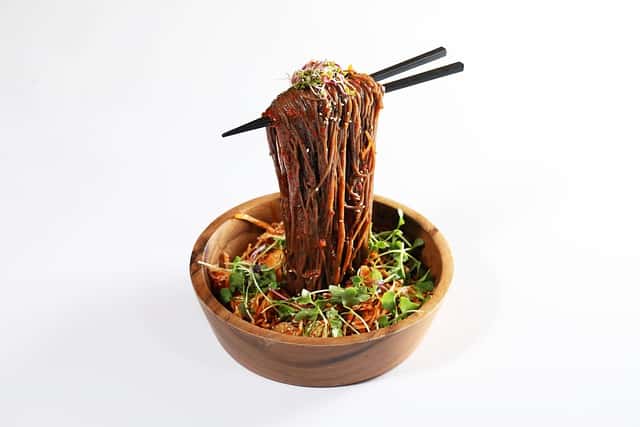
History of buckwheat from the beginning until today
- Buckwheat groats are the seeds of a flowering plant, and they are commonly used in raw food diet recipes. They are also used in the production of other foods, such as buckwheat flour, soba noodles, and kasha, which is simply roasted groats. Buckwheat is derived from the plant Fagopyrum esculentum, which is also linked to rhubarb and sorrel. Buckwheat is derived from a plant called Fagopyrum tataricum, which is native to Asia.
- Buckwheat is considered to be an ancient grain due to the fact that it has been farmed for many thousands of years. The origin of buckwheat can be traced back to China. The cultivation of buckwheat dates back to about 2600 BCE.
- This grain is known as “sarasin” in French, which may imply that the Arab people, who are often referred to as “Saracens,” brought it to Europe. On the other hand, this is not the case. In the 14th century, Mongolians were the ones who brought it to Russia.
- After that, it gradually expanded across Europe, moving from south to north. During the 17th century, it made its way from Poland, Germany, Belgium, and France all the way to Spain. It’s possible that it came from Anatolia. There are several different names for buckwheat, including brank, beech wheat, and Saracen corn.
- Buckwheat, in contrast to wheat or rice, did not play a role in the development of any civilisation. Instead, it has been beneficial to other types of crops. In regions with low soil, where it is difficult to farm grains, this type of diet has become a staple food.
- Before the introduction of nitrogen fertiliser in the 20th century, which led to an increase in the production of corn and wheat, it was a crop that was grown all over the world. As a consequence of this, these crops were planted in fields that were once used for buckwheat, which resulted in a severe decrease in the output of buckwheat, despite the fact that it is still extensively used in the culinary traditions of Eastern European countries.
- Buckwheat flour has a wide range of applications in the kitchen. It is used in the preparation of galettes and crêpes in the regions of Normandy, Germany, and the United States. It is used to make blinis, which are a classic meal in Russia.
- Noodles and pasta were also made using it in the regions of Poschiavo and the Valtellina in Italy and Switzerland. These are the regions where the traditional pizzoccheri are still made.
